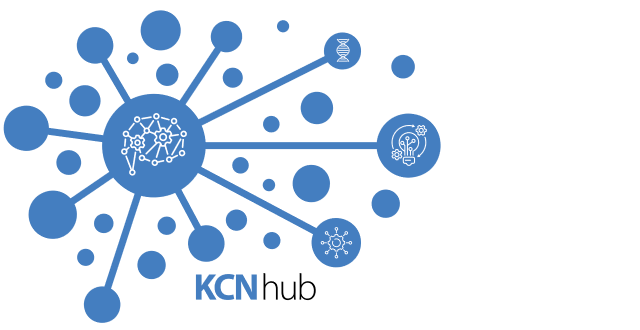A Definition
Computational neuroscience is an interdisciplinary field for development, simulation, and analysis of multi-scale models and theories of neural function from the level of molecules, through cells and networks, up to cognition and behavior. Close interactions with experimental data at these different scales is essential. There is clear overlap between the fields of computational neuroscience and neuroinformatics [1] as integration of these data to create explainable and interpretable models is required to be able to create biologically meaningful simulations and to develop hypotheses and to make predictions for additional experiments. Identification of scale interactions and dynamics in neural structures provides a framework for understanding the principles that govern how neural systems work, and how cellular, molecular and network changes result in brain disease. Computational neuroscience links the diverse fields of cell and molecular biology, cognitive science, and psychology with electrical engineering, computer science, mathematics, and physics [2].
[1] The Neuroinformatics field encompasses methods used for acquisition, analysis, and representation of data collected from neuroscience studies that include neuroimaging, behavioural studies, clinical information, electrophysiology, genomics and proteomics and so on. It involves the development and application of algorithms, statistics, databases, ontologies and data standards (adapted from https://neuroinfocomp.ca/about)
[2] Parts of this paragraph adapted from https://www.cnsorg.org/computational-neuroscience
